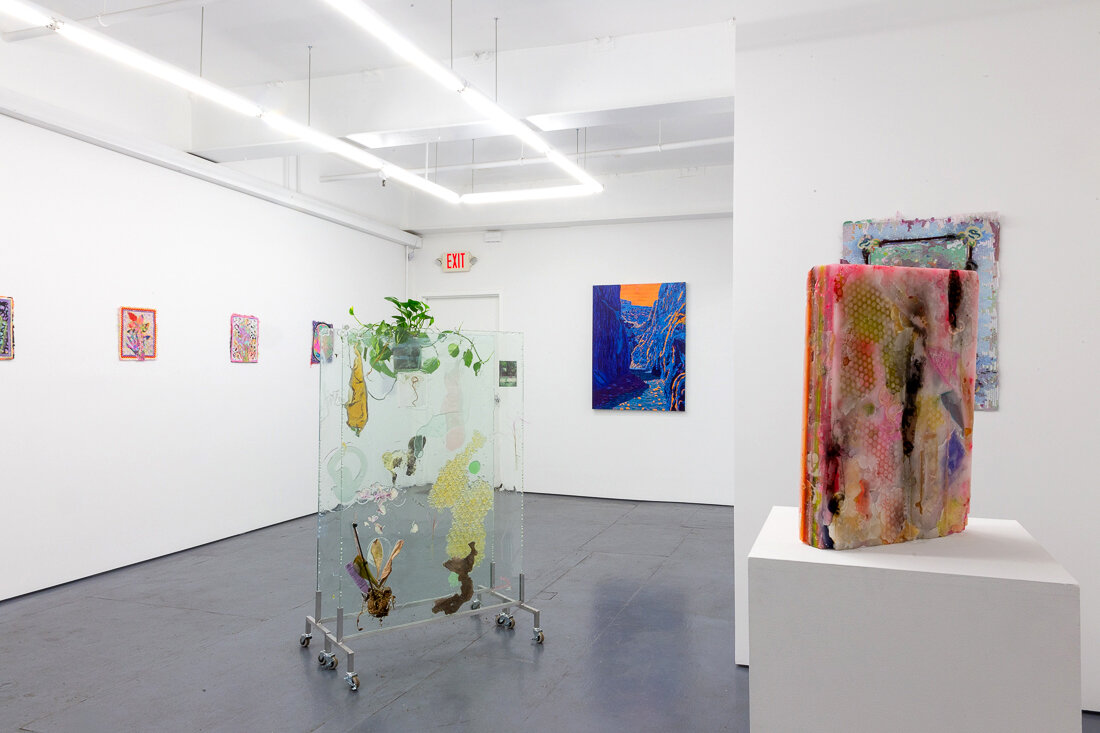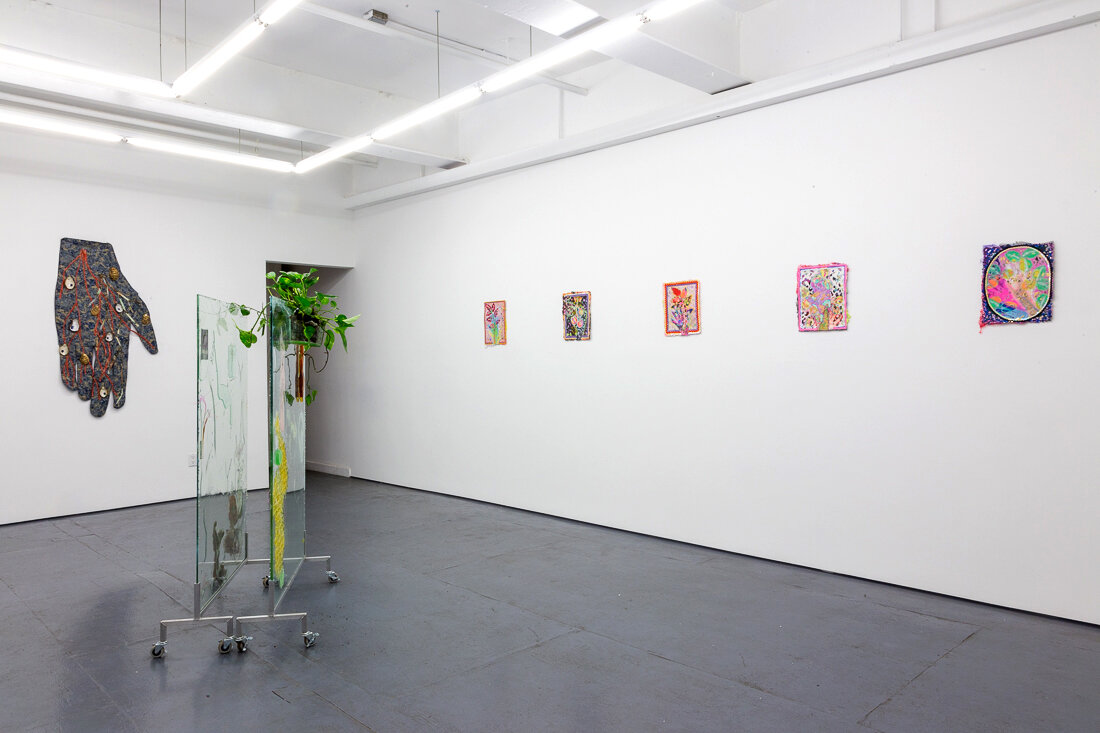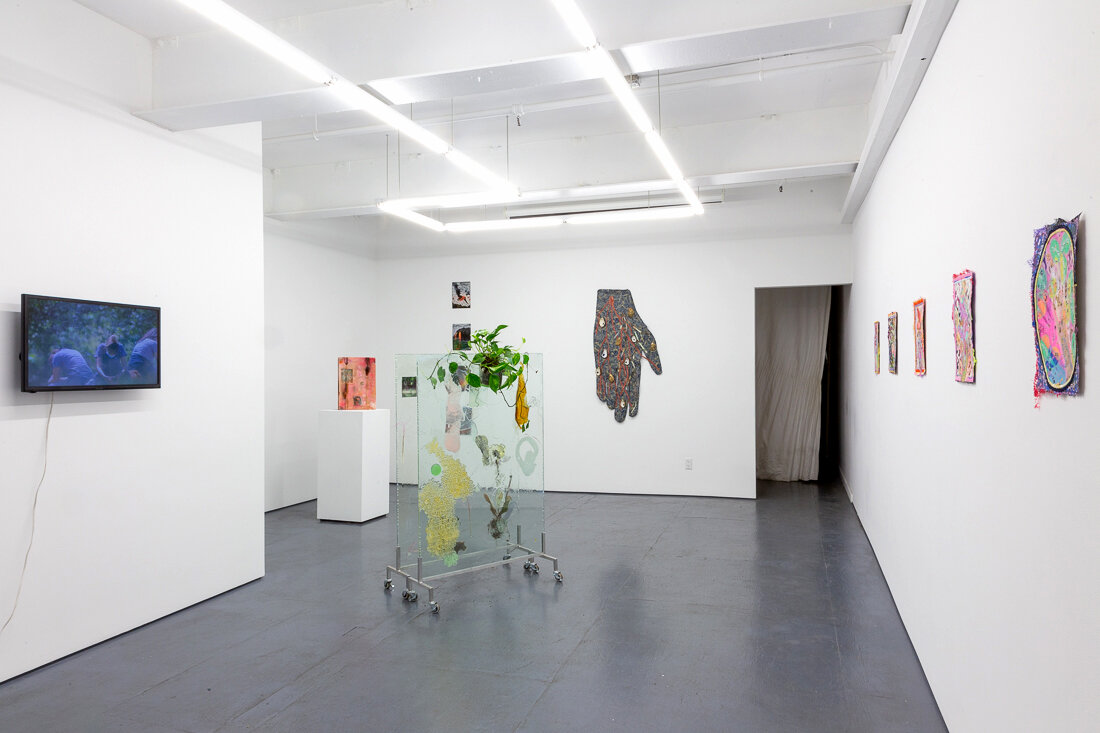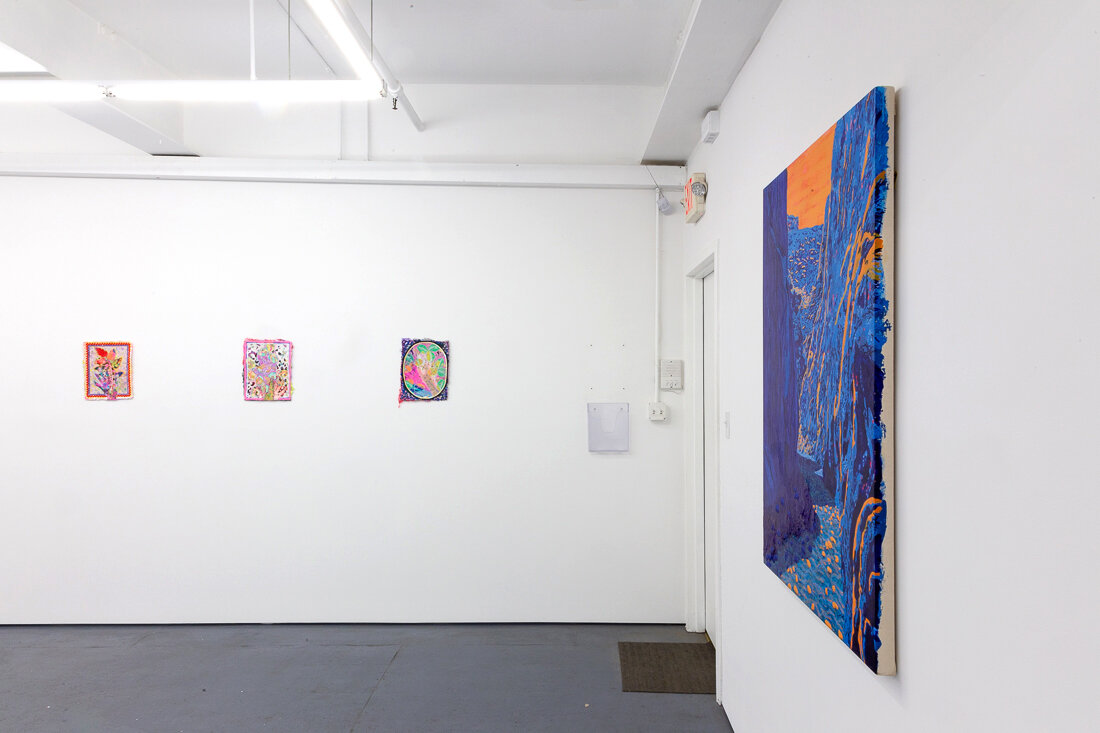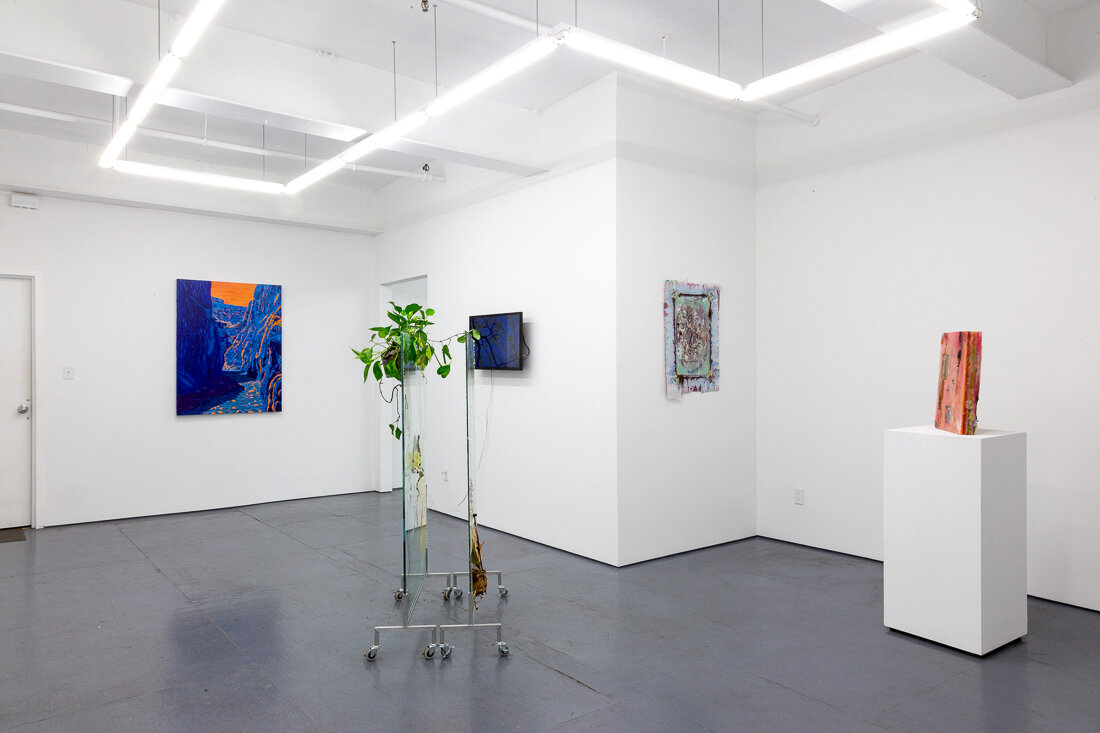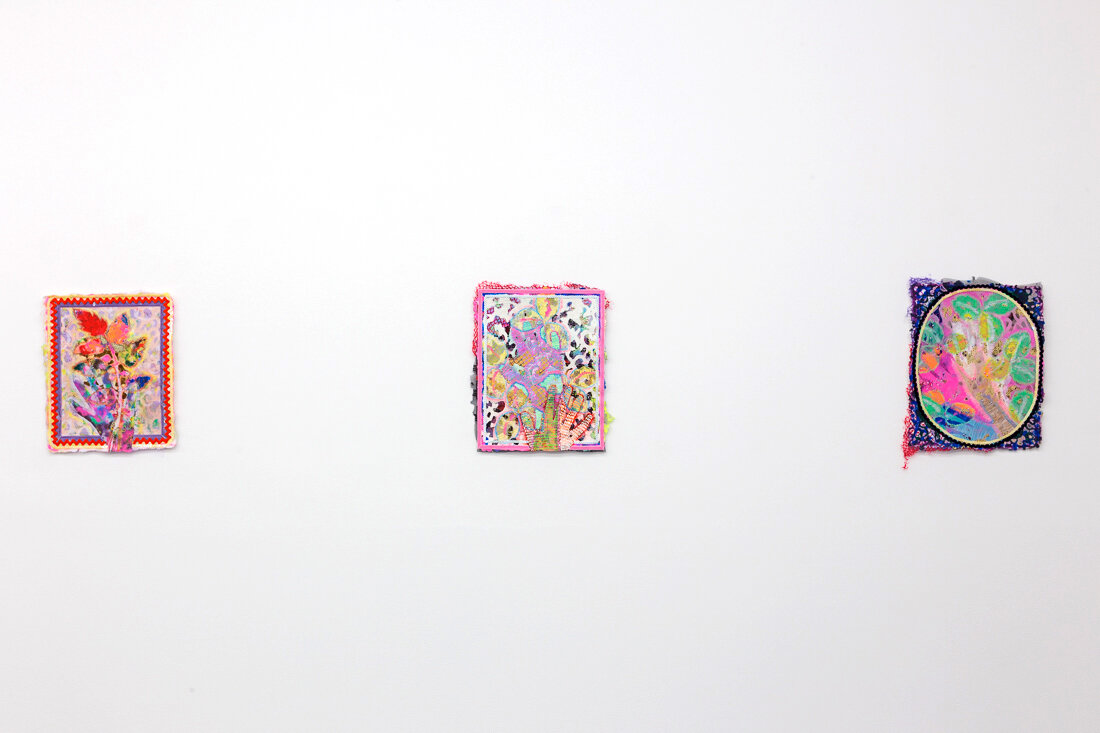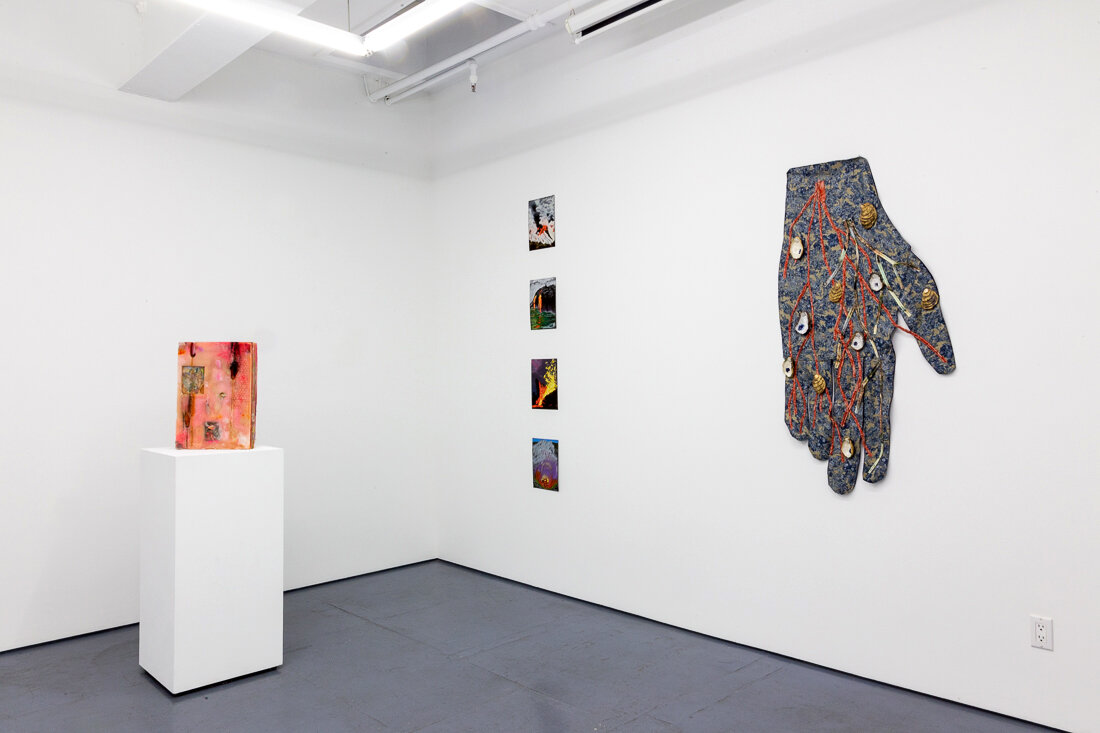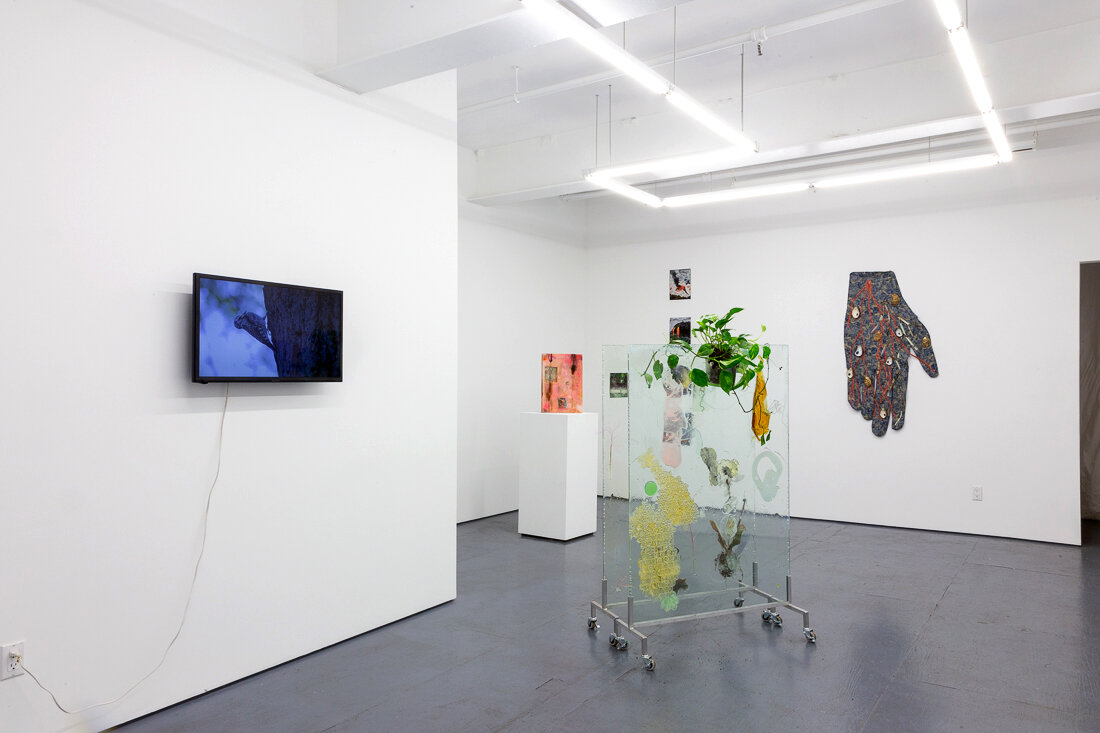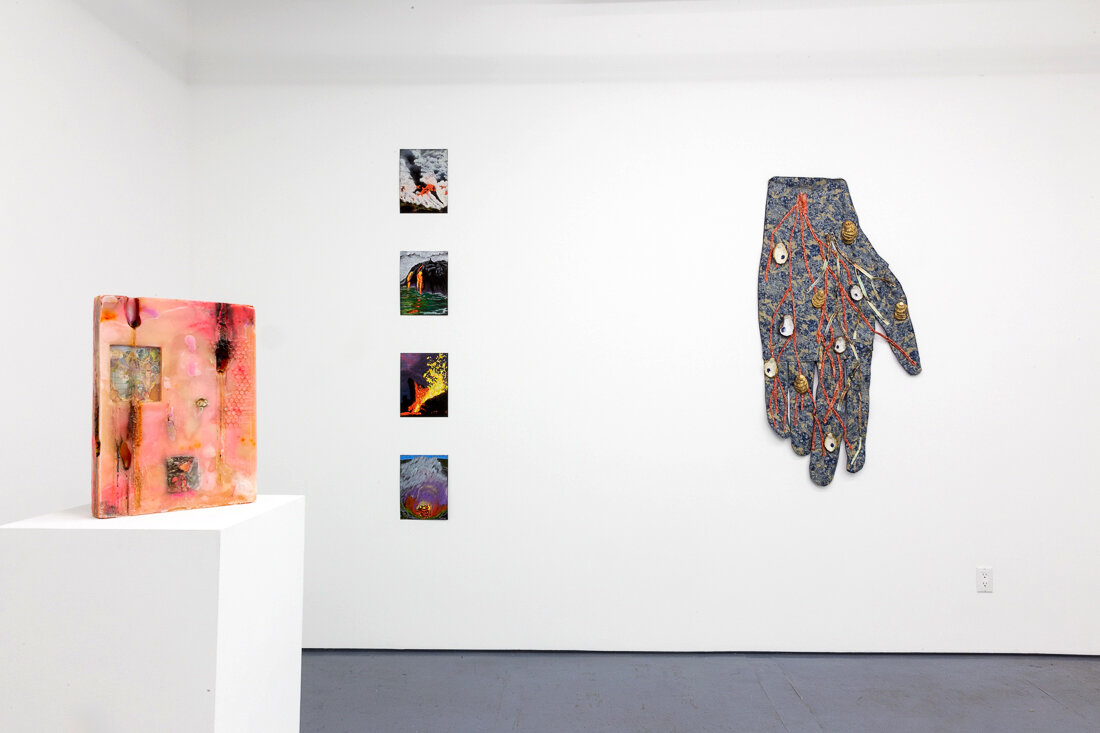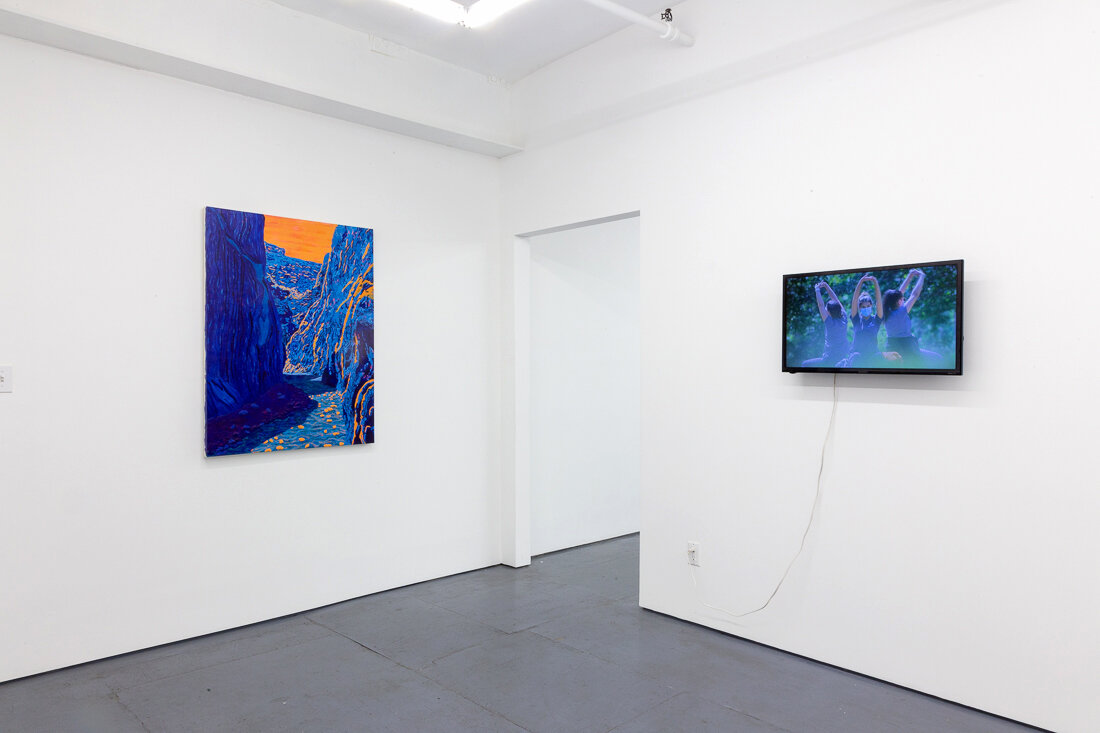Transmitter presents:
A Kind of Compass
Rachel Frank, Kimo Nelson, Heidi Norton, and Lina Puerta
JUNE 27 – AUGUST 2, 2020
OPEN BY APPOINTMENT ONLY
Finding a path out of darkness requires the imagination of a brighter future. While dualities abound, there is value in recognizing that dystopian possibilities hang at the edge of any utopian image. This exhibition presents Rachel Frank, Kimo Nelson, Heidi Norton, and Lina Puerta as visual generators of speculative environmental futures.
The show’s subject and its artists were conceived of months before our current pandemic. Now, however, in view of the abrupt dystopian rupture of reality that most of us were unprepared for, and which only continues to deepen by the day, these artists’ work seems even more compelling. In just the past few months our clear fragility as a species has been exposed with innumerable COVID-19 deaths and incommensurate access to health care; continued and flagrant economic inequities within racist social structures; and despite a “pause” in emissions, a distinct increase of deforestation, exponential growth in carbon output, and an acceleration of species loss.
Both utopian and dystopian perspectives are important to consider as we try to comprehend our current environmental challenges and establish a more habitable future. While not pretending to have all or any of the answers, these artists do spend time confronting the realities of a rapidly changing climate, looking for ways to illuminate the possibilities ahead. While their works are aesthetically and materially diverse, they collectively address and hold in stark contrast the beautiful/ugly, funny/tragic, and banal/haunting moments experienced throughout this undertaking.
Rachel Frank’s video and wall hanging direct our attention to man’s myriad of relationships with other species. Stressing the value of working towards a more balanced division of space between “wild” and “occupied,” the work presents us with abundant potential visions of rehabilitation and healthier coexistence with species under threat, but also offers an admonition for what is at stake if we try to simply return to “normal.”
Kimo Nelson’s uncanny reflections of canyons in the Southwest and eruptions from Hawaii are simultaneously ominous and captivating. The use of almost supernatural colors and perspectives accentuates the fact that these environments are presented as vacant of humans, and in turn, reminds us that we are not a required part of the ecosystem.
Heidi Norton’s work metaphorically and physically constructs windows on 21st century life via the merging of organic materials into synthetic new habitats. The resulting “conglomerate-objects” emphasize the confrontations, as well as convergences, that occur between the plastic and biotic, while also providing a reflection of control vs. ephemerality.
Lina Puerta’s mixed-media works on handmade paper highlight man’s cultivation of the plants and species that nourish us. These works celebrate not only the vitality and vibrancy of a garden, and its plants, but also the hands that tend it. Present is both a honoring of the kinship that takes place between plant and gardener while concurrently acknowledging the “invisible” hands of those who provide our food on an industrial scale. The traditionally overlooked, overworked, and vulnerable “essential workers” who tend to our industrial gardens so we can stay safe and nourished.

